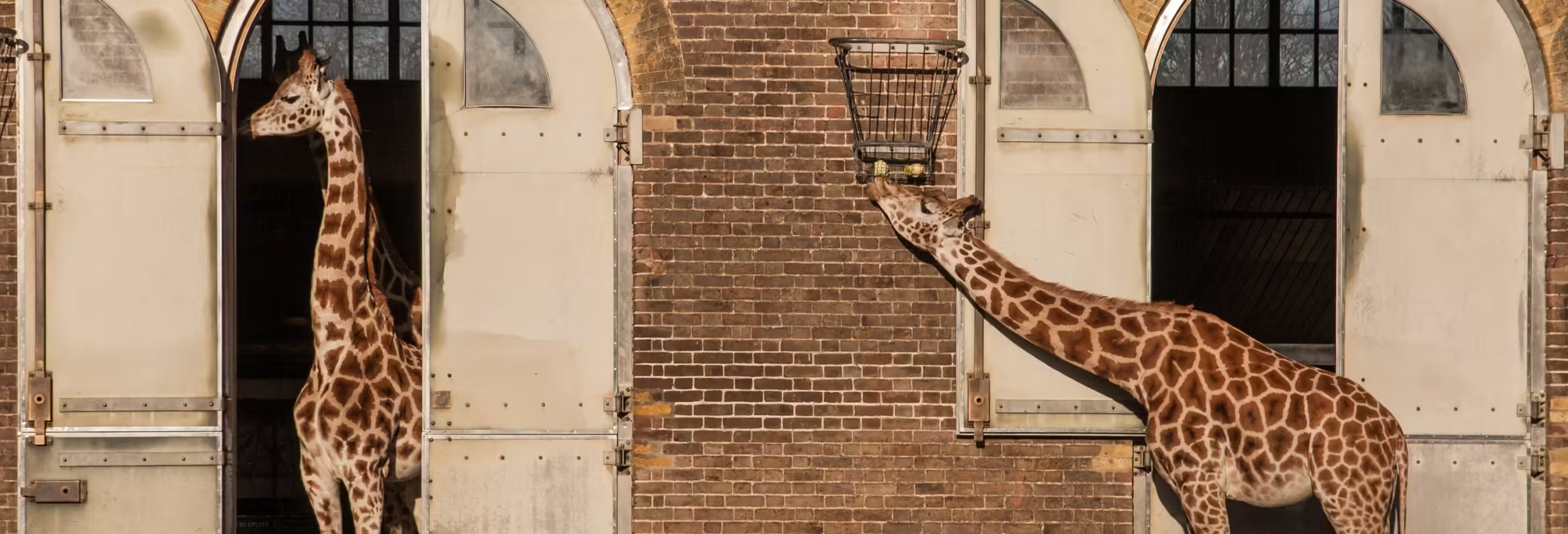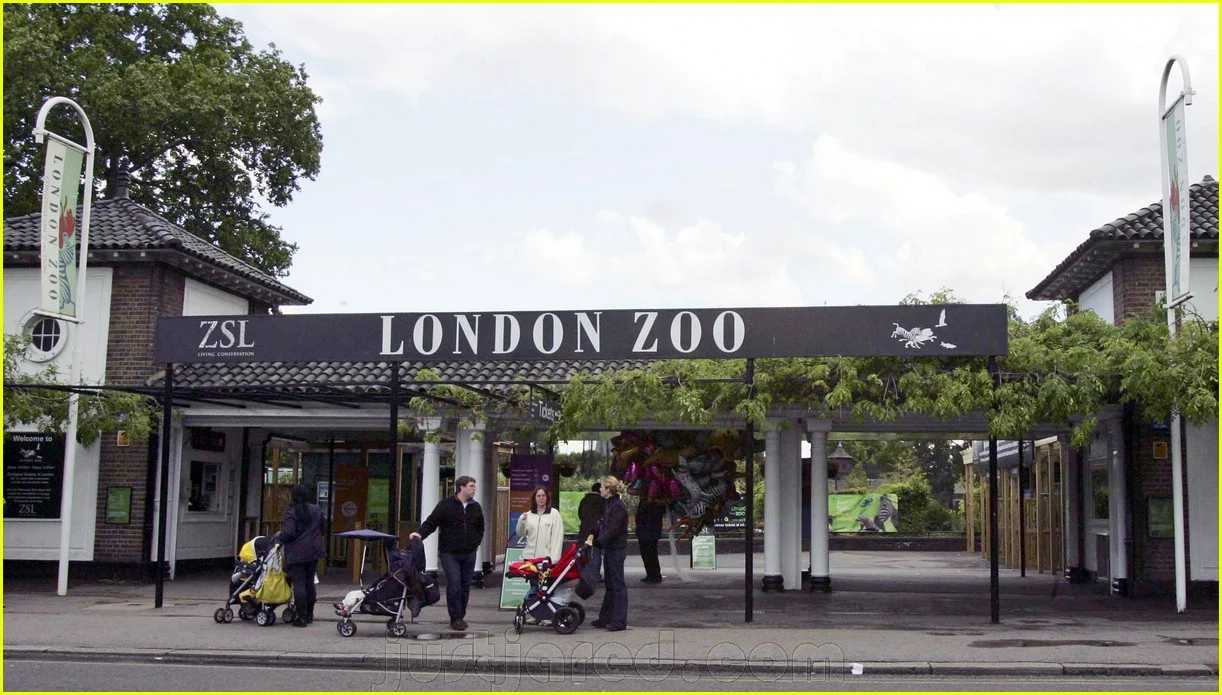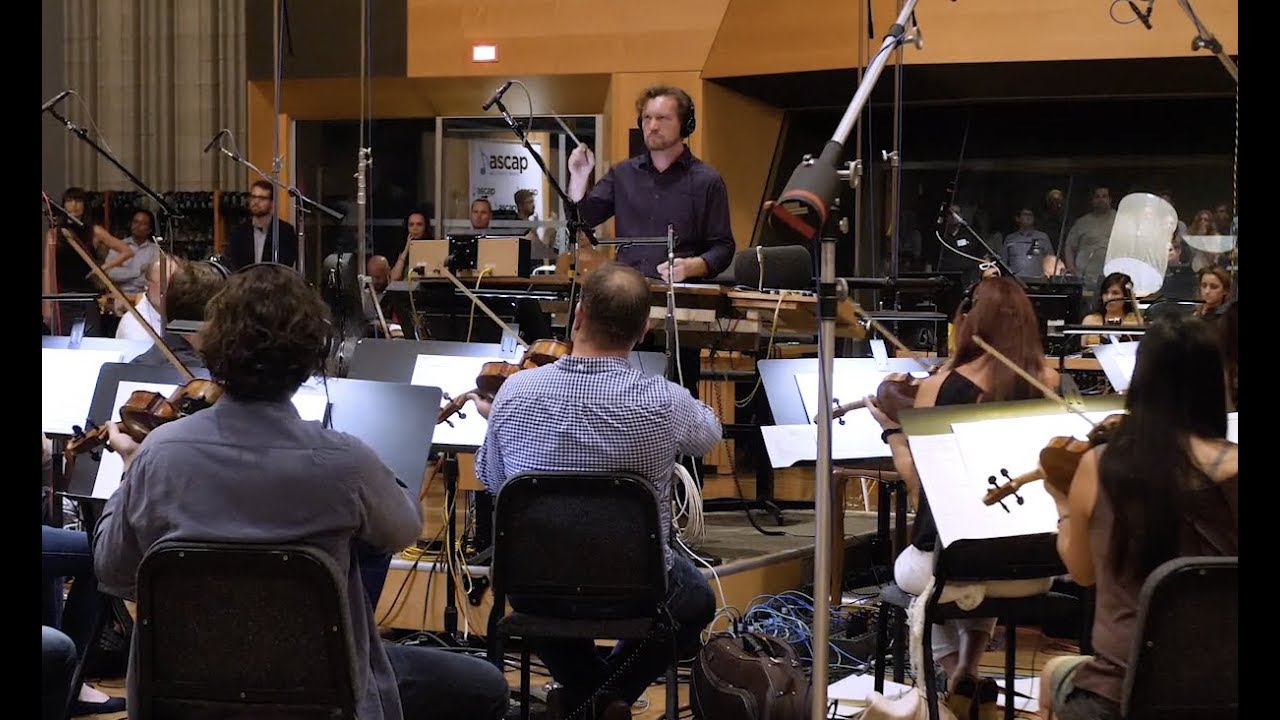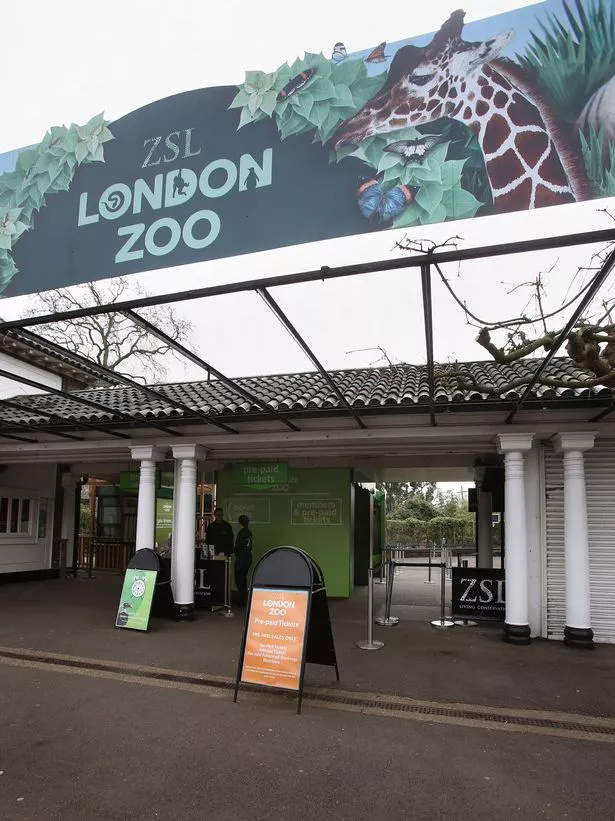London Zoo which is under the management of the Zoological Society of London (ZSL) is much more than a venue where people go to have a look at animals. It is a conservation organisation whose mission is to protect animals and their environments globally. London Zoo is also involved in research, breeding of endangered species and conservation of species and ecosystems through breeding programs and other projects. Here are the ways through which London Zoo helps the wildlife and is involved in the conservation of the world’s endangered species.
1. Conservation Breeding Programs: The primary goal of this article is to understand how to save species from extinction.
Breeding of endangered species is one of the most important responsibilities that London Zoo has towards the conservation of wildlife. These programs are aimed at the preservation of species that are endangered in the wild and may possibly face extinction.
Success Stories: London Zoo has been successful in breeding several endangered animals such as Sumatran tiger, Western lowland gorilla, Asiatic lion and others. These breeding programs not only contribute to the population of these animals but also bring in the genetic pool that is very important in the conservation of these animals.
Reintroduction Efforts: Some of the animals that are bred in London Zoo are released back into the wild for the general conservation purposes. For instance, the zoo has participated in the translocation of the critically endangered Partula snails to the Pacific islands which had been cleared of these snails by invasive species.
2. Global Conservation Projects: Conservation of Wildlife and their Habitats in Different Parts of the World
The role of London Zoo does not end with its premises as ZSL plays and supports many conservation initiatives globally. These are conservation programs that seek to preserve species in their natural environment and the challenges they encounter including; loss of their natural habitat, poaching and climate change.
Habitat Protection: ZSL is an organization that aims at conserving some of the most important habitats that are inhabited by some of the rarest species of animals in the world. These efforts range from the tropical rain forests of South East Asia to the grasslands of Africa and assist in the conservation of the habitats that wildlife require to exist.
Anti-Poaching Initiatives: For the purpose of combating the IWT, ZSL participates in anti-poaching activities that engage the local communities, governments, and other conservation agencies. Some of these measures include; educating the rangers, availing necessary tools and equipment, and coming up with gadgets that assist in identifying poaching incidences.
Marine Conservation: ZSL also continues to be involved in marine conservation, with an aim of preserving the world’s oceans and the animals that live in them. Some of the specific projects include the Thames River Project that is involved in the assessment and management of water quality in the aquatic systems while the global efforts include the issues such as plastic pollution and over fishing.
3. Research and Innovation: The goal of this project is to increase the knowledge that is required to protect wildlife.
London Zoo is a scientific research institution where the staff carries out research that is very important in understanding the animals’ behavior, their health, and how to conserve them. It is crucial for the formulation of proper measures that will be used in the conservation of wildlife and their habitats.
Disease Prevention: These diseases have been researched by ZSL to help in preventing and controlling the effects of diseases that are devastating animal species. For instance, research on the amphibian chytridiomycosis that is a fatal disease has been used to develop conservation measures that assist in the protection of endangered amphibians.
Climate Change Research: London Zoo’s scientists are also investigating the effects of climate change on animals and in an attempt to establish which species and areas are most vulnerable. The findings of this research are useful in the development of conservation plans that seek to enhance the ability of ecosystems and species to cope with climate issues.
Innovative Technologies: ZSL is at the forefront of using technology like camera trapping, aerial photography and environmental DNA or eDNA to assess wildlife and conservation programs. These tools offer very useful information which can help to conserve species and their habitats in a much better way.
4. Education and Advocacy: To inspire the next generation of Conservationists
Education is one of the aspects that make up London Zoo’s goal of helping wildlife. In this aspect, the zoo is a very important institution, as it helps to spread awareness and encourage people to act in a certain way, thus influencing the future generations.
School Programs and Workshops: London Zoo provides a number of tours and learning activities for children and students to learn more about the animals and the need for their protection. These programs are practical in nature and help young people to become voice for wildlife.
Public Awareness Campaigns: ZSL uses public awareness campaigns to educate people about important conservation issues and to get their involvement. Some of the awareness campaigns include the “Don’t Let It Go” which aim at discouraging people from releasing invasive species into the wild while other campaigns are meant to educate people on the effects of plastic pollution on marine animals.
Community Engagement: London Zoo also has the responsibility of involving communities in different parts of the world in conservation. Thus, ZSL contributes to the sustainability of the conservation activities since it involves the communities in the process.
5. Supporting Wildlife at Home: The Role That You Can Play
London Zoo also offers an opportunity to become involved in supporting wildlife to the visitors. Each visit, each donation, each purchase goes towards supporting the zoo’s conservation work and towards saving species in the wild.
Adopt an Animal: There are several ways of supporting the work of London Zoo and one of them is adoption of an animal. This program enables you to support the conservation of the particular animal of your choice with the money being used to fund both the local zoo as well as the protection of the species in the wild.
Join the ZSL Membership: ZSL membership offers constant support to the zoo’s conservation activities and grants you free and uncontrolled access to both London Zoo and Whipsnade Zoo. It also includes privileges such as invitation to events, subscription to newsletters and information on conservation activities.
Get Involved: As a charity, there are several ways in which you can get involved and help London Zoo in its cause of wildlife conservation – you can volunteer, fundraise or help raise awareness.
Conclusion
What most people do not know is that the London Zoo is not just a place where people go to see animals, but rather a center for animal conservation and protection of the environment. With its conservation breeding programs, worldwide projects, scientific research and educational activities, London Zoo is changing the world and fighting to save endangered species and their living environment. When you visit London Zoo, you are not just getting to witness the miracles of nature, but you are also helping to preserve these miracles for the generations to come.










